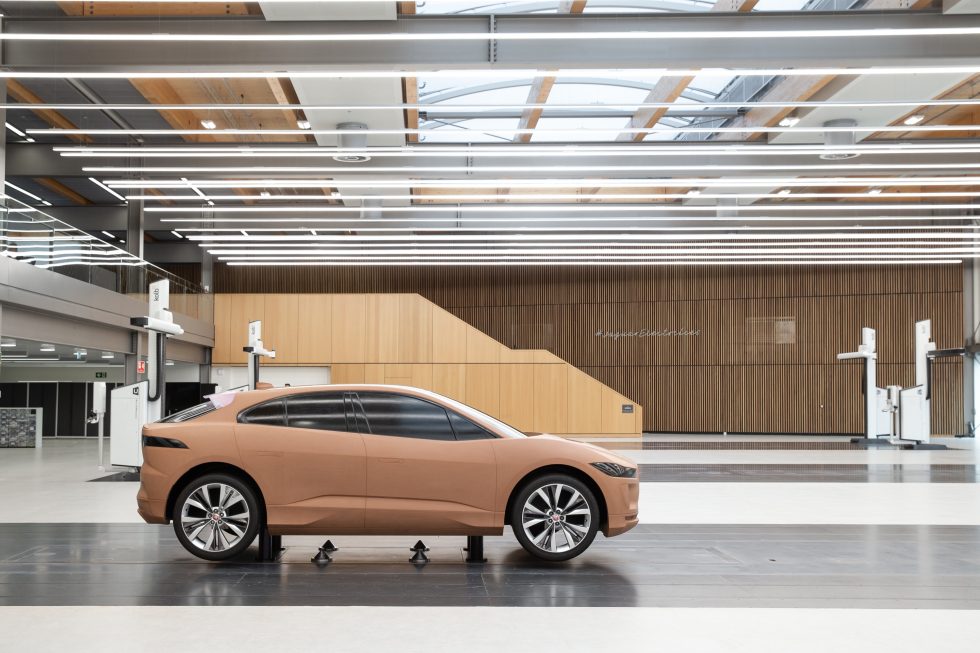What does COVID-19 mean for car design? We ask Jaguar’s Julian Thomson

Jaguar recently moved into a massive new design studio packed with advanced technology. But currently, everyone's forced into working from home because of the coronavirus pandemic. [credit: Jaguar ]
Adapting to the coronavirus lockdown and the move en masse to working from home has been easier for some professions than others. We've been doing it since day one here at Ars, because typing at a computer is just as easy to do at home as it is in a crowded office. That's less easy if you're, say, a car designer. "The design studio is a big workshop; it's a big collaborative workshop," says Julian Thomson, Jaguar's director of design, who, like the rest of the organization, now finds himself working from home in the UK. We spoke with Thomson this week to see how that's affecting his 300-strong team, what legacy this pandemic might leave on the cars that get designed in the future, as well as what to look for in the recent F-Type design refresh and the forthcoming XJ electric sedan.
The last few weeks have required a little adaptation for the Jaguar design studio. "In an organization like Jaguar Land Rover there are a lot of people who do just stand at a computer screen all day. But it's very unnatural for a designer or a modeler to do that" he explained. Pre-pandemic, Thomson says he would hardly ever be found in his office. "I['d] spend the majority of my time just wandering around looking at models, talking to people, seeing what they're doing. If I have a question, more often than not, I walk over [to] the person's desk," he told me.
Thomson-whose design credits include the original Lotus Elise and the first-generation Range Rover Evoque-has had the top design job at Jaguar for a little under a year, replacing his former boss Ian Callum last July. A couple of months later, he and the rest of the company's designers moved into a new design studio in Gaydon, England, a 130,000 square foot (12,000m2) space with state-of-the-art CNC clay modeling equipment, VR caves, and a 36-foot (11m) 4K display wall. "A whole new studio was built around a very collaborative communicative space. And so now to be stuck in my attic tied to an iPad is pretty strange for me and has had its moments," he said.
Read 14 remaining paragraphs | Comments